1. Atlantic City, NJ
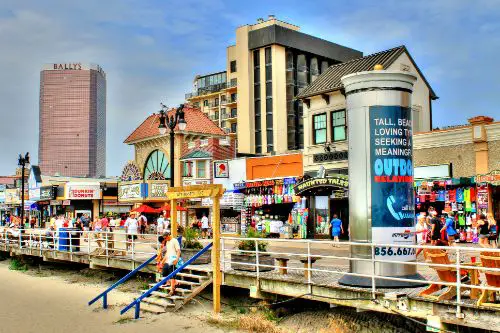
Famous for its boardwalks and casinos, Atlantic City faces a challenging future. The combination of rising seas and sinking land could mean frequent flooding, especially during storm surges. The city’s aging infrastructure is struggling to keep up, making it vulnerable to being submerged if proactive steps aren’t taken.
2. New Orleans, LA

New Orleans is no stranger to floods—Hurricane Katrina was a harsh reminder of its vulnerability. But beyond storms, the city is gradually sinking due to natural subsidence and sea level rise. With parts of the city already below sea level, the future doesn’t look great. By mid-century, experts predict significant portions could be underwater if flood protections aren’t improved.
3. Seattle, WA
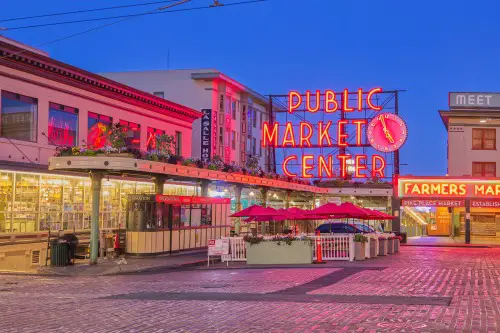
Seattle isn’t typically thought of as being at risk, but its waterfront and nearby low-lying neighborhoods like Pioneer Square are vulnerable. Rising sea levels, coupled with the possibility of land subsidence due to seismic activity, could mean flooding will become a persistent problem in the coming years.
4. San Francisco, CA
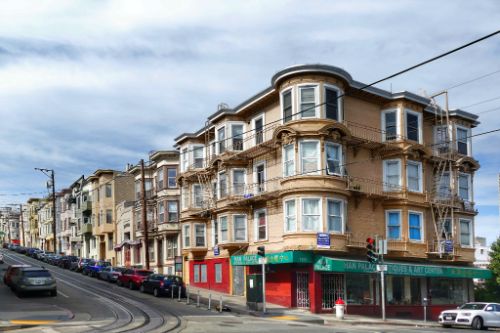
San Francisco may be known for its hills, but many of its low-lying areas like the Embarcadero and Mission Bay are in danger. Rising sea levels could mean that by 2050, these waterfront neighborhoods could see regular flooding, especially with the added threat of earthquakes potentially accelerating ground subsidence.
5. Charleston, SC
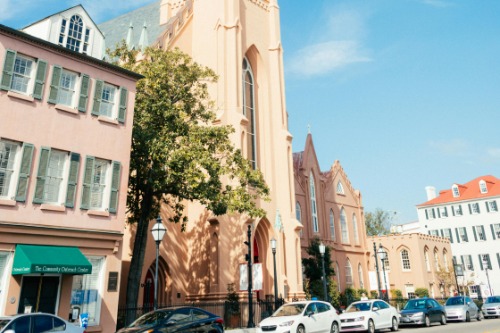
This charming Southern city is already dealing with “sunny day flooding”—when streets flood during high tide even without rain. Charleston is a low-lying coastal city with an extensive system of creeks and marshes, which makes it especially susceptible to rising sea levels. If trends continue, parts of the historic downtown might be underwater within a few decades.
6. New York City, NY
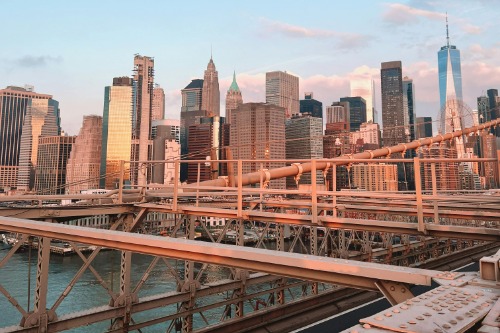
Yes, even the mighty Big Apple isn’t immune to the impacts of climate change. With rising sea levels and stronger storm surges, areas like Lower Manhattan and parts of Brooklyn are at serious risk. The city is investing billions into protective barriers, but whether it’s enough to stop the rising tides remains to be seen.
7. Virginia Beach, VA
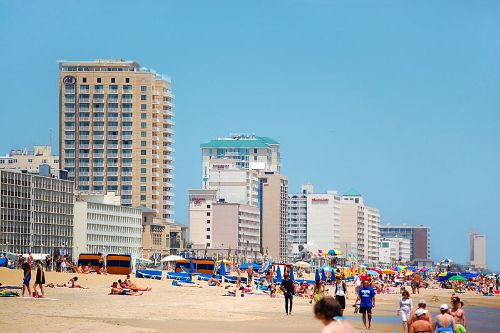
Virginia Beach is already battling sea level rise, with streets flooding more often after heavy rains. It’s partly due to natural subsidence, as the whole region is gradually sinking. If things don’t change soon, parts of this popular tourist destination could be permanently underwater by 2050.
8. Miami, FL
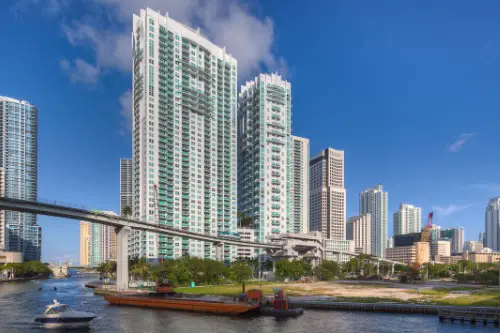
Miami is practically synonymous with sunny beaches, but it’s also one of the most vulnerable cities when it comes to sea level rise. By 2050, some neighborhoods could be regularly flooded just by high tides. The problem? Miami is built on porous limestone, meaning seawater seeps up through the ground, making it nearly impossible to keep the water out, even with sea walls.
9. Galveston, TX
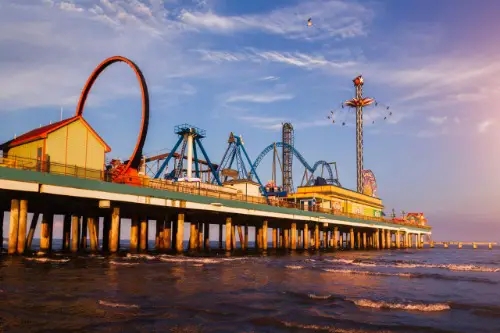
This barrier island city was nearly wiped out by the 1900 hurricane, and its future isn’t looking much brighter. Rising sea levels, combined with its low elevation, mean Galveston could experience regular flooding. If predictions hold, large parts of the island may become uninhabitable by mid-century.
10. Houston, TX
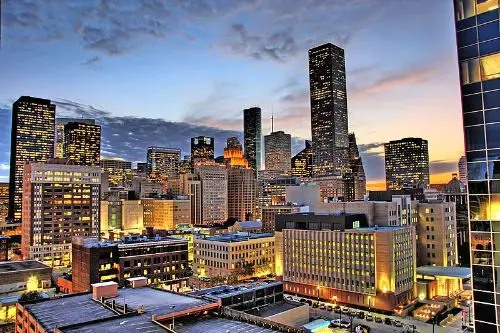
You might think of Houston as oil country, but it’s also slowly sinking. The city’s land is sinking due to excessive groundwater pumping, a process called subsidence. Combine that with the Gulf Coast’s rising sea levels, and Houston could see chronic flooding in many low-lying neighborhoods by 2050.
11. Sacramento, CA
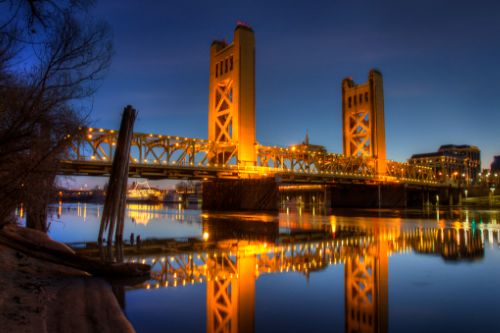
Yes, even an inland city like Sacramento is at risk. The problem? The Sacramento River and American River converge here, and higher sea levels will push water further up these rivers, leading to more frequent flooding. A combination of levee failures and sea level rise could leave parts of the city submerged by 2050.
12. Honolulu, HI

Honolulu is a tropical paradise, but the rising ocean threatens its pristine beaches and coastal areas. The city is already seeing impacts like coastal erosion and frequent high tide flooding. By 2050, places like Waikiki Beach could be dramatically reshaped—or even lost entirely—due to rising sea levels.
13. Norfolk, VA
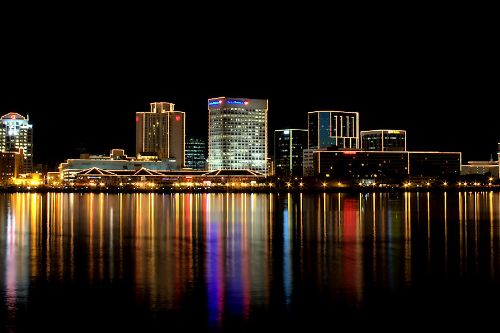
Norfolk is sinking faster than most cities on the East Coast, thanks to subsidence and rising seas. Military bases, neighborhoods, and even hospitals are at risk. The city is working on plans to raise roads and improve drainage, but with predictions showing up to 3 feet of sea level rise by 2050, it might not be enough.
14. Boston, MA
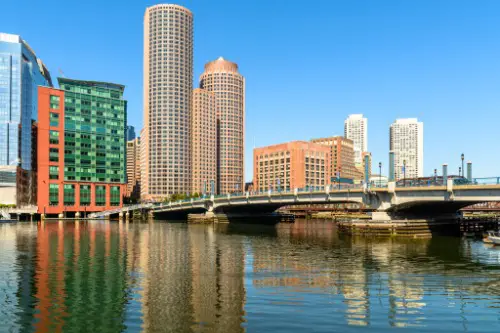
Boston is taking climate change seriously, with plans to create sea walls and elevate parts of its waterfront. But despite these efforts, the city’s historic neighborhoods, like the Back Bay and the Seaport District, could face chronic flooding by mid-century. Without substantial intervention, parts of the city could be submerged in just a few decades.


